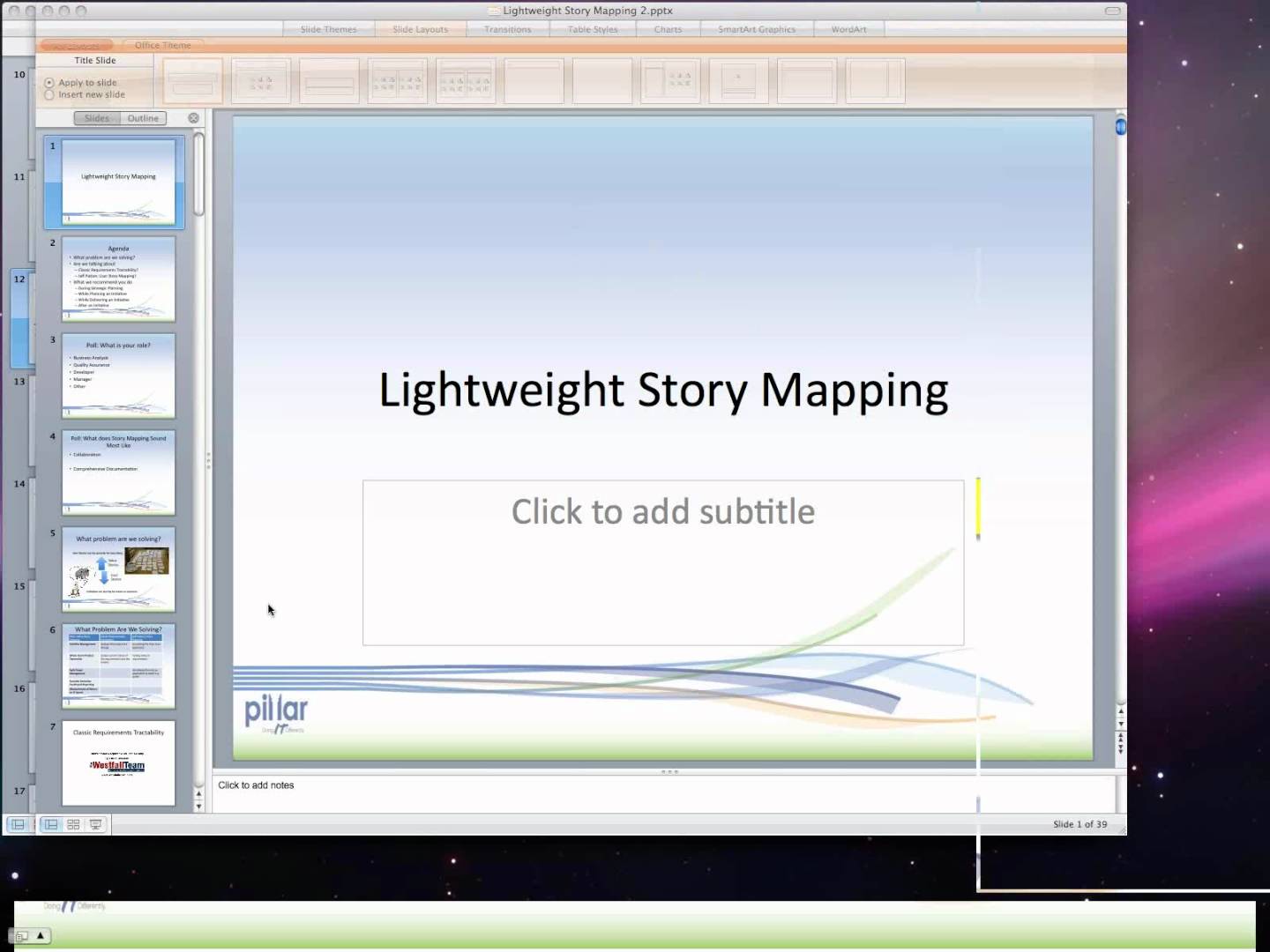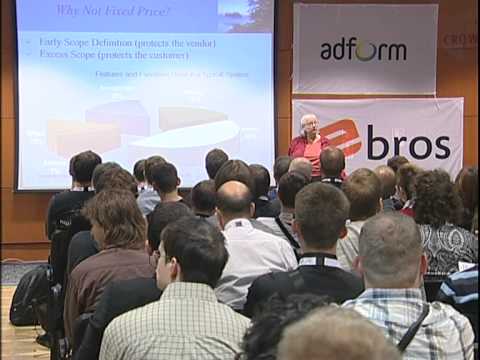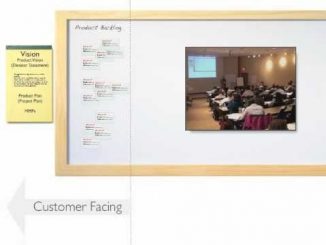Videos on Scrum and Agile Project Management
Learn how you can improve your business analysis with Agile story mapping, a technique that maps your stories back to business value. Thus you will be able to know if they make or save the company money and you will learn the benefits of bi-directional requirements traceability .
Agile is no longer shiny and new. Many organizations claim that they’re Agile but what does that mean 10 years down the line of the Agile Manifesto? Sadly, what’s done in the name of Agile has strayed a long way from the original ideals. A bunch of simple practices that came from programmers have turned into tools for micro-management.
The problem is not fixed price contracts. The problem is fixed scope contracts. This is what Mary Poppendieck thinks of agile fixed price contracts. Instead of a scope, we need is a short list of problems to be solved, not a bad amateur design of their solutions. Agile contracts leave solution design to software engineers and control projects through the regular delivery of measurable value.
This video contains an interview about lean procrastination, which is the postponement of decisions to the latest responsible moment. Olaf Lewitz explains the idea and how it might help larger companies becoming more agile.
This short presentation explains why software metrics are not the panacea that we thought they might be 20 years ago. This is why moving from a predictive model to a reactive approach is the only rational course.
Software defects are annoyances for everyone. If your organization is like most, you have a large queue of defects waiting to be fixed. It’s probably not realistic to think you will get around to fixing all of these bugs; so, you need to consider other approaches. Janet Gregory, author of the book Agile Testing with Lisa Crispin, facilitated a workshop to help you develop a strategy for how your team can address defects in an agile manner.
Agile estimating and planning in a Scrum software development project will not prevent your boss from asking: “Will you make the date?” This video explains how to use Scrum and the “Cone of Uncertainty” to provide an answer like: “60% probability.”







